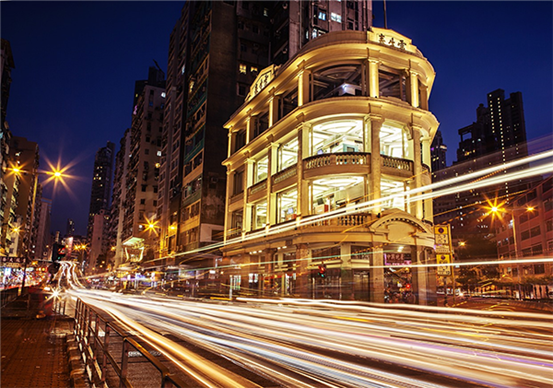In today’s fast-evolving technology landscape, discussions surrounding data center architecture take center stage at various industry events, including Data Center World Asia and cloud data center events. Understanding the architecture of data centers is crucial for organizations aiming to build efficient facilities capable of handling increasing data demands. This article explores key considerations for designing a robust data center architecture that meets modern needs.

The Importance of Layered Architecture
A well-structured data center architecture relies on a layered approach consisting of three primary layers: the physical layer, the virtualization layer, and the application layer. Each layer serves a specific function and must work in harmony to ensure optimal performance.
The physical layer includes all hardware components, such as servers, storage units, and networking devices that provide the necessary foundation. The virtualization layer, acting as a bridge, enables the efficient utilization of these physical resources by abstracting them, allowing multiple virtual machines to run on a single physical server. Finally, the application layer comprises the software applications that run on these virtual machines, delivering services to end-users. By understanding and implementing these layers effectively, organizations can create a data center that is both efficient and scalable.
Selecting the Right Components for Stability and Performance
Choosing the appropriate hardware components is integral to building a stable and high-performing data center. Factors such as server specifications, storage preferences, and networking solutions must align with the anticipated workload.
For instance, utilizing high-performance servers equipped with solid-state drives (SSDs) can significantly enhance data access speeds. Similarly, investing in advanced networking gear, such as switches and routers with high throughput capabilities, can improve connectivity and ensure reliable communication across the data center. Additionally, focusing on energy-efficient technologies not only helps lower operational costs but also supports sustainability goals, which are increasingly important to stakeholders and customers.
Ensuring Redundancy and Disaster Recovery
Incorporating redundancy into the data center design is another crucial consideration. Redundancy involves creating backup systems that can seamlessly take over in the event of a failure. This includes having redundant power supplies and failover systems that minimize downtime and maintain service availability.
Furthermore, it is essential to develop a comprehensive disaster recovery strategy. This strategy should outline procedures for data backups and define recovery time objectives (RTO) and recovery point objectives (RPO) to ensure business continuity in case of an unexpected event. By maintaining a redundant architecture and a solid disaster recovery plan, organizations can instill confidence among clients, knowing their data will remain secure and accessible.
Conclusion: Preparing for the Future of Data Center Design
In conclusion, a thorough understanding of data center architecture is vital for organizations planning to invest in or upgrade their facilities. By focusing on a layered architecture, selecting the appropriate components, and implementing redundancy, businesses can create effective and resilient data centers. Engaging in cloud data center events, such as those highlighted at Data Center World Asia, provides opportunities for learning and networking with industry leaders.
As we look forward to Data Center Asia 2025, we encourage businesses to explore the benefits of showcasing their innovations. Becoming an exhibitor offers a valuable platform to connect with key players in the data center industry and engage in discussions that shape the future of data center architecture.



